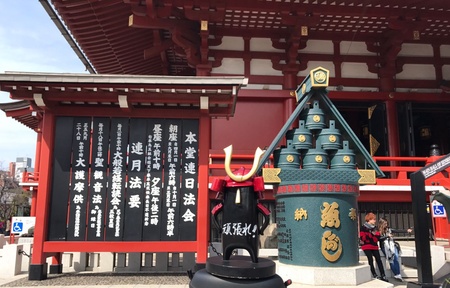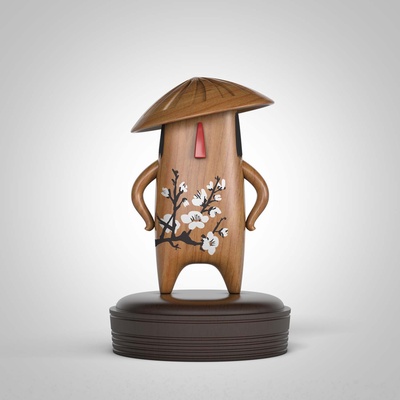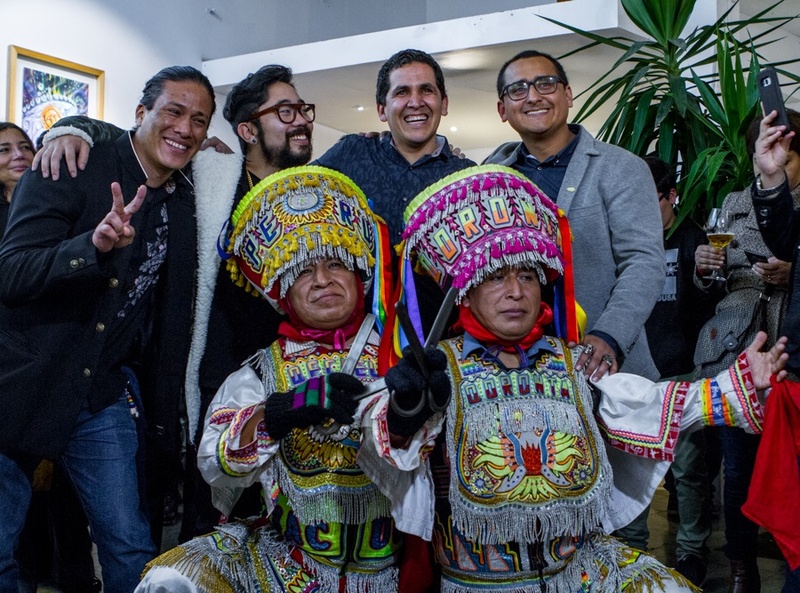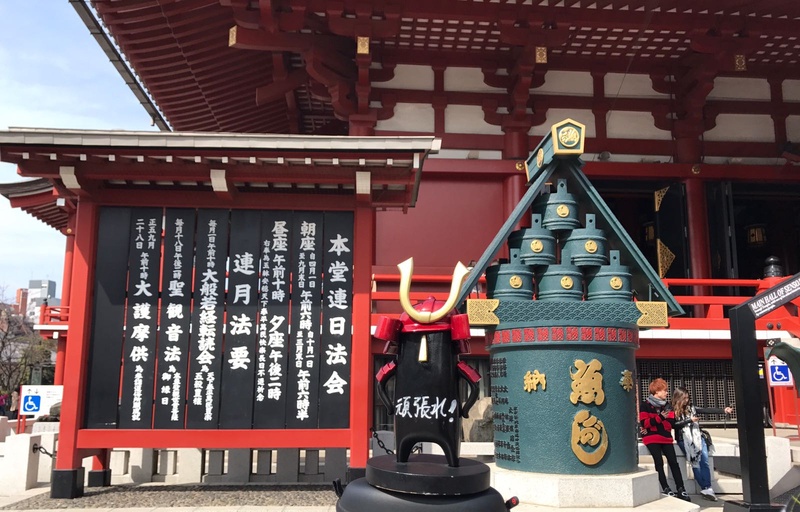In contemporary Peruvian culture, there is a constant plowing of the country's traditions to give them a new meaning, a personal reading and a fresh look that helps, who knows, to be incorporated into the manifestations that will be remembered in the future. Peregrino Origin is more or less that, a proposal by four young artists who began by taking different historical elements until consolidating an image that begins to distinguish them.
Diego Lau, Hugo Kuroki, Aldo Estrada and Gonzalo Espinoza studied together at the Pontifical Catholic University of Peru and when they started this project a year ago, one of the ideas that helped them lead the way was the 'art toy', that mixture of work of art and collectible toy that has gained great presence in the Peruvian environment through pop culture and other international references, especially from the United States and Japan.
“As a child I made my toys without achieving what I saw in the stores. This motivated me to study industrial design and it is what drives me to continue creating,” says Diego Lau Toyosato, one of the two Nikkeis that make up this quartet of creators. Legos were the basis of his inspiration: Origen Peregrino began using the shape of these dolls but with Peruvian motifs: the Lord of Sipán, the Supay of the diablada and the scissors dancer, all with attention to the smallest detail.
First figures
Decorative masks, colorful paintings and figures made of different materials were his first inspirations, among which one could already find that distinctive feature of his work: the research that helps give everything meaning. “When we made them, we didn't think they were going to sell so quickly,” says Diego, who would also delve into his Japanese roots to capture some ideas but always covered in ancient Peru and its iconography.
The Maneki-neko, for example, the Japanese lucky cat, appears in one of his paintings and on a piece of wood where it takes on the appearance of anime and manga drawings, an indirect inspiration like others that appear in more than an occasion. “Without a doubt, Japan is a great influence for its culture and for everything it represents for art toy,” adds Diego, who has participated in collectives of young Nikkei artists showing Peregrino Origin.
Souvenirs and utilitarian products would arrive little by little, as the team learned to work with new materials, from resin to high-temperature ceramics, and as they adapted to mass production. During that time, a character made his way: a traveler who travels throughout Peru to bring the representative elements of each area called Tama.
The tama on stage
Its name seems Japanese but it actually refers to the tamale, that typical dish from Peru and Mexico that has lent its shape to the main character of Origen Peregrino. The adaptation of colors, Peruvian iconographic motifs and clothing from various pre-Columbian areas and cultures, as well as their geography and traditions, have been reflected in this character who has also been a kind of test model.
Playing a chalán, using the flowers of the Ayacucho altarpiece, dressed as a Moche ruler or using the designs of the indigenous Amazonian peoples, the tama has a versatility that they have been able to exploit with various formats. This year they held their first exhibition at the Índigo gallery in San Isidro, called “Danzaq / Atipanakuy”, a tribute to the scissors dancer, a character from the Andean expression that represents a priest or healer who performs amazing pirouettes.
Committing to digital paintings on cotton paper, ceramic figures that serve as flower pots and resin pieces with tama in various colors (referring to rain, nature, death and the demonic), this collection shows the maturation that they have achieved, says Gonzalo Espinoza. At the opening ceremony, they were attended by two scissor dancers who made a payment to the earth so that there would be prosperity and a demonstration of their art.

Nikkei identity
If the showy montera of the scissor dancer or danzaq, that type of hat that weighs five to six kilos, resembles the kabuto, the helmet of the ancient samurai, it may be a coincidence. So that there is no doubt, the Nikkei Hugo Kuroki decided to create a tama samurai and give it to his brother, who this year went to live in Japan with the rest of the young designer's family.

The tama already has photos in various areas of Tokyo, where Hugo hopes to travel next year to see the country of his ancestors, who settled in Piura, north of Peru, to get more ideas. Among the different tamas there is one, the kokeshi tama, designed in clear reference to traditional Japanese wooden dolls, which was exhibited in the group exhibition of the First Nikkei Art Salon 2017.

“Our identity is present in everything we do, just like tama, which can take many forms but remains the same,” explains Hugo. This year, the Origen Peregrino team will have the opportunity to participate in the exhibition “A trip to the universe of art toys”, the twentieth one held at the International Puppet Center of Tolosa, in the province of Guipúzcoa (Basque Country, Spain), from October to March 2018.
Toys of the world
More than 50 artists from 17 countries will be part of this event in which Peru will have Nikkei participation, along with world-class exponents. It will be, as Gustavo says, an opportunity to learn about the work of artists they admire such as Jeremyville, from Australia, Jason Freeny (author of Mighty Jaxx) and Doktor A, among others. The goal is to continue growing as artists, just as they have done by meeting Peruvian artisans, ceramists and other creators.
In a short time, the tama has helped them get to know and tell about Peru, opening up endless opportunities due to the freshness of the character, its color and the spirit it transmits. The care in the choice of materials and the fine finish reflect the dedication that they dedicate to it and that has found a market interested in these collector's and limited edition pieces. “The good thing about working as a team is that all ideas are enhanced. Our friendship makes all things go well,” adds Aldo Estrada.
If many cultures are spread through comics, Peruvian history has the potential to awaken creativity in art toys. Last year they organized a contest for the public to design their own tama and received about 80 proposals. This year, during the exhibition, they presented a faceted cardboard size of almost two meters that the public could paint and several stayed for a long time drawing on it. If toy art has that impact, it is to be taken seriously.
© 2017 Javier García Wong-Kit









